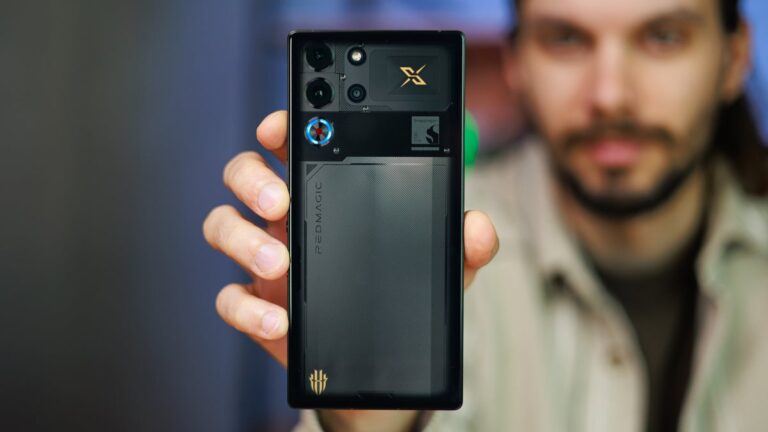Google said to improve the two biometric sensors on the Pixel 10 series
Let’s go over the differences between the two different fingerprint sensors. The optical sensor uses light to read the unique patterns in a fingerprint. With the ultrasonic sensor, ultrasonic soundwaves are used to determine whether two fingerprints match. Additionally, the Pixel 10‘s biometric face recognition system known as Face Unlock, will remain the same and continue to be as secure as it has been since its debut on the Pixel 8.
The Face Unlock system used since the Pixel 8 is secure enough to be used to unlock your Pixel, access your banking apps, and more. The platform doesn’t use 3D mapping like Face ID and the Pixel 4 but does work with algorithms to accurately determine whether a face is real image or a photograph of a fingerprint. Both the Pixel 9 and 10 feature a Dual Pixel Autofocus front-facing camera that can help collect enough data to make sure that the aforementioned algorithms are working correctly.
Additionally, Face Unlock does not use the infrared sensors that Face ID has that allow it to work in the dark. Instead, it uses the regular front-facing camera sensors which means that it doesn’t work in the dark.



